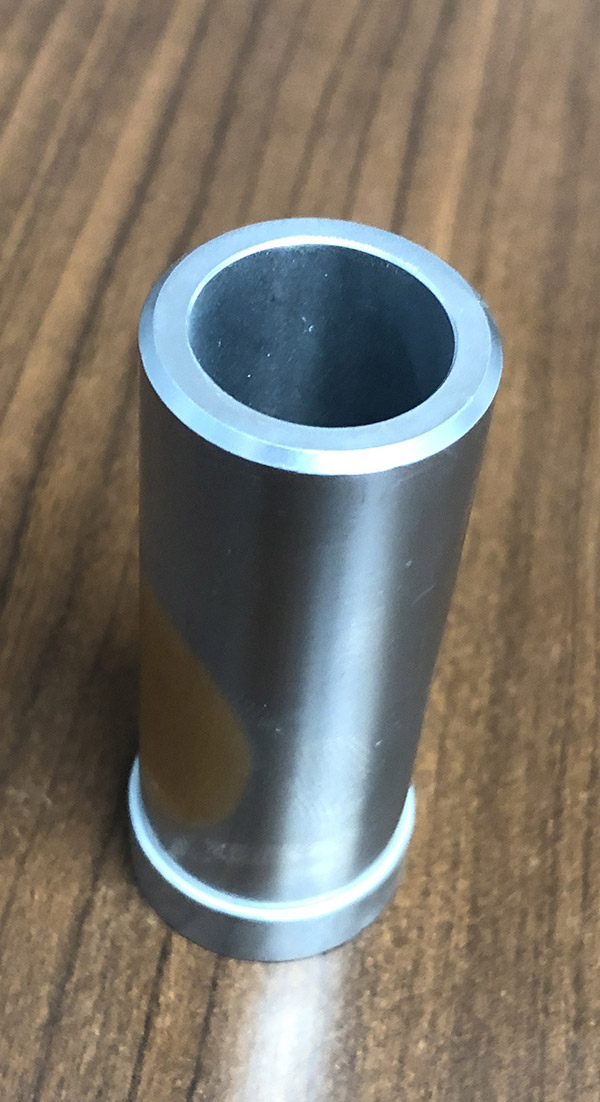Why Base Material Matters
The foundation of your house is critical to the structure and integrity of your house. Much like foundation, base material is crucial to the integrity and strength of your tool. Choosing the right base material will provide the longest lasting tool or mold. Your base material plays a major role in the strength, surface finish, corrosion resistance, and machinability of your tool or mold.
Though strength and heat treating are major benefits for coating your parts; Armoloy TDC is not a replacement for heat treating as it does not affect the underlying base material—just surface hardness. We like to use the metaphor; it’s like putting glass over a marshmallow. If the tool is put under immense amount of pressure, the base material will give. If you have a nice foundation it will remain sturdy during the process. On the other end, if a part is designed to be sacrificial to prevent a catastrophic failure, then the part is going to remain sacrificial and the normal wear and tear is going to significantly increase.
Brass Bushing Assembly Case Study
We coat a brass bushing assembly that turns 2,400 rpm over a stainless steel shaft. Both the shaft and the ID of the bushing are coated. Prior to them being coated, the bushings were wearing out every 10 weeks and at 55 bushings per assembly, this was a large expense. The coated bushings now last 12 months and are changed out only as a preventative measure generating over $50,000 of savings per line.
Plastics Injection Molding Case Study
Our case study in molding building for the injection molding industry is a good example of price vs cost. We coat high volume molds made with P20 and H13 that are molding highly abrasive materials. P20 is great for machining complex cavities and is excellent for the easier running molds. However, due to its softer base material it does not hold up well against abrasive materials such as glass filled nylon or sand. Initially the cost of the mold is less due to the machining but overall, because the mold does not hold up as well as a mold made from H13, it ends up costing more in the long run. This comes back to choosing the right base material for the job where tensile and through strength makes all the difference. While the initial mold cost will be higher; it will last longer resulting in a more cost effective and productive mold.
Armoloy TDC is a modular coating. It conforms to the natural peaks and valleys of the base material. Armoloy TDC will essentially mirror the surface finish, enhancing it a point or two. This will occur until you reach about an 8 rpms. At that point the surface finish will go backwards a point or two. Since Armoloy will not bridge and fill in gaps it is important that a part is taken to the correct surface finish required.
Unlike other coatings, Armoloy TDC does not chip, crack, flake, or peel and does not have microcracks. This does not expose the base material to the environment and does inhibit corrosion. Corrosion can still occur during extreme conditions and the characteristics of the base material will determine how quickly this can happen.
Mold and tools coated with Armoloy are stronger and longer lasting—increasing your uptime and reducing your overall production costs day-in and day-out.

